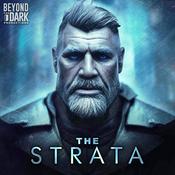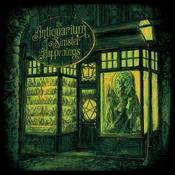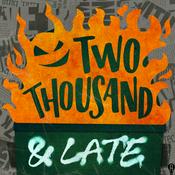340 episodes

The NES Needed Your Breath To Work
2026/1/10 | 30 mins.
That “blow on the cartridge” ritual may not have been a hack—it may have been the point: a conductivity check that turned childhood saliva into a permanent sample, with the blinking red light as the prompt.

The Man Whose Smile Was Deadly In 1938
2026/1/09 | 24 mins.
In 1938 Minnesota, witnesses said one man could lean in, smile, speak—and people dropped without a mark. Doctors wrote a single warning about hazardous exposure. He escaped by blending into repairs, returned on purpose, and when guards went underground to find answers, the air itself became the weapon.

The Montauk Project That Allegedly Inspired Stranger Things
2026/1/09 | 21 mins.
A late-1970s New York rumor says Camp Hero never shut down—psychic training, mind-control trials, and a breach that made reality feel thin. The story wasn’t erased… it was repackaged.

The “Stussy S” Was A Global Mind Test
2026/1/07 | 27 mins.
A symbol appeared in classrooms worldwide with no internet to spread it—this story claims it was the Universal S Protocol, and drawing it was the trap that turned you into the antenna.

He Declared The Man Dead In Seconds
2026/1/07 | 23 mins.
A fake doctor guessed “dead,” skipped the ambulance, and a living man woke up after the funeral already started.
More Fiction podcasts
Trending Fiction podcasts
About Inspector Story
Listen to Inspector Story, Tower 4 and many other podcasts from around the world with the radio.net app

Get the free radio.net app
- Stations and podcasts to bookmark
- Stream via Wi-Fi or Bluetooth
- Supports Carplay & Android Auto
- Many other app features
Get the free radio.net app
- Stations and podcasts to bookmark
- Stream via Wi-Fi or Bluetooth
- Supports Carplay & Android Auto
- Many other app features


Inspector Story
download the app,
start listening.






































